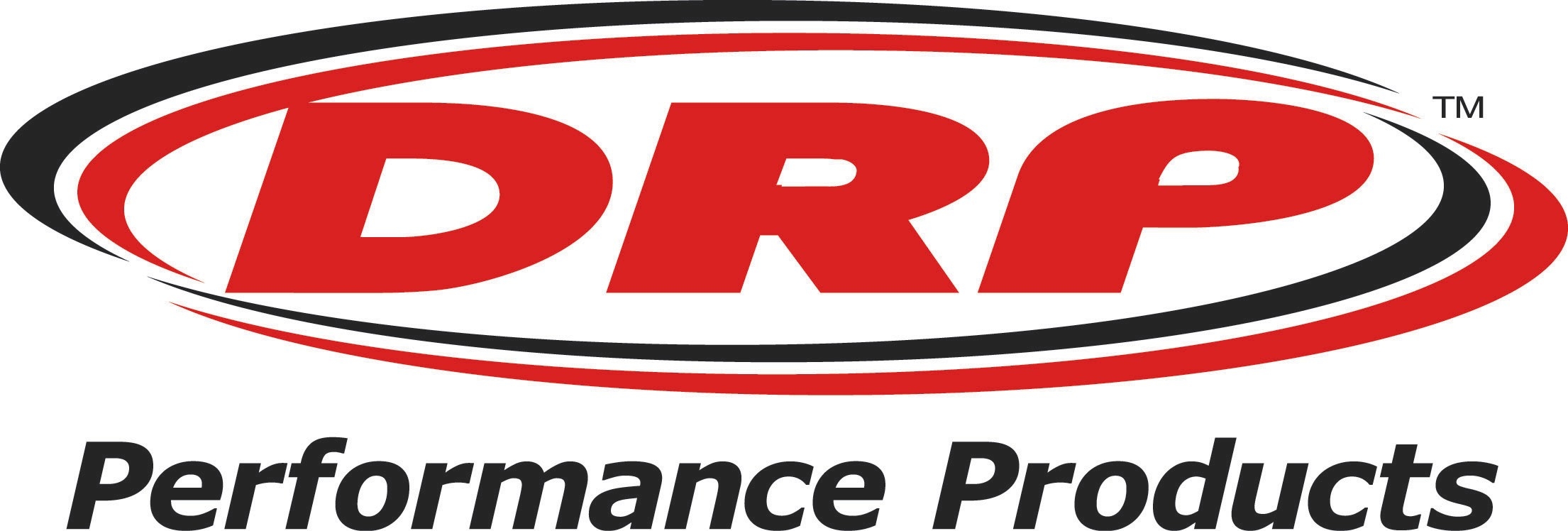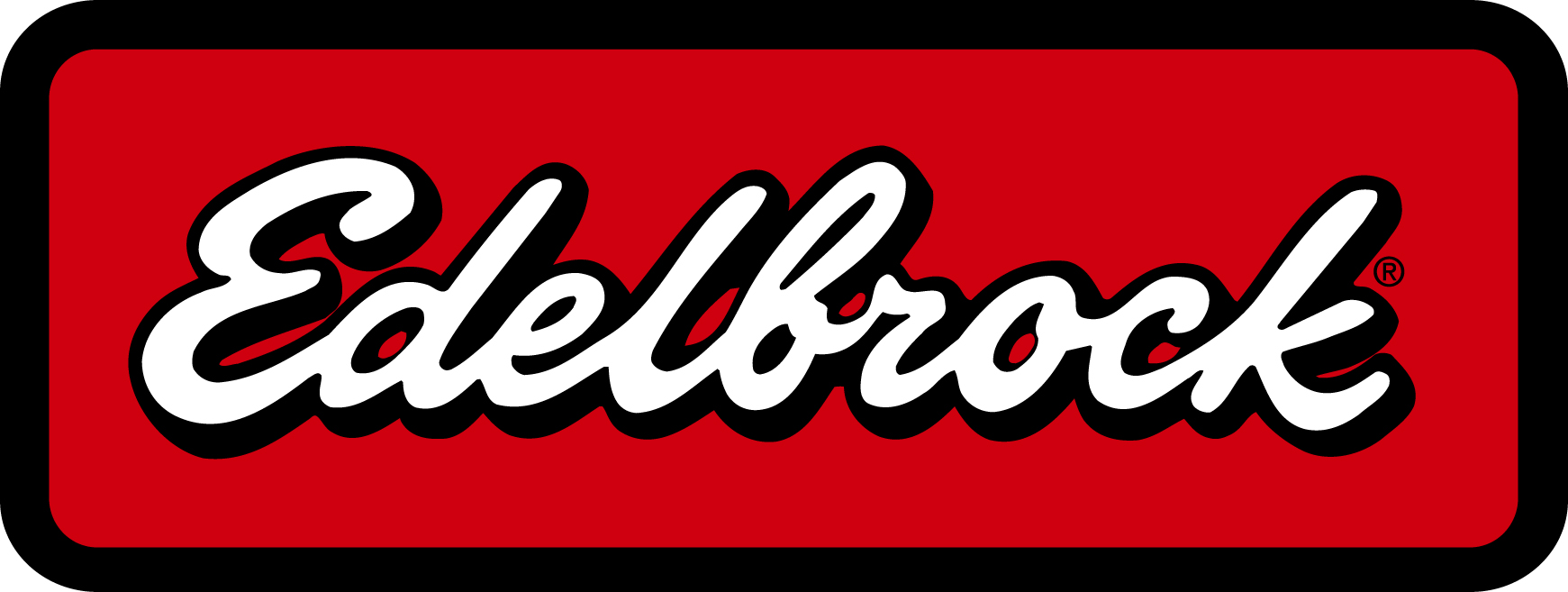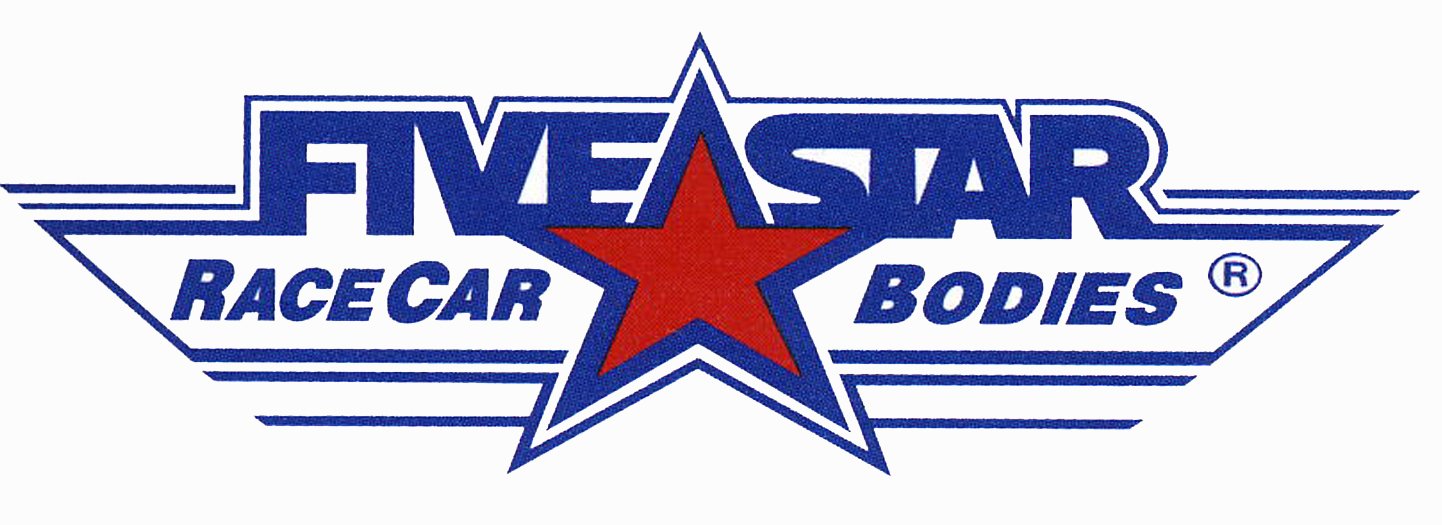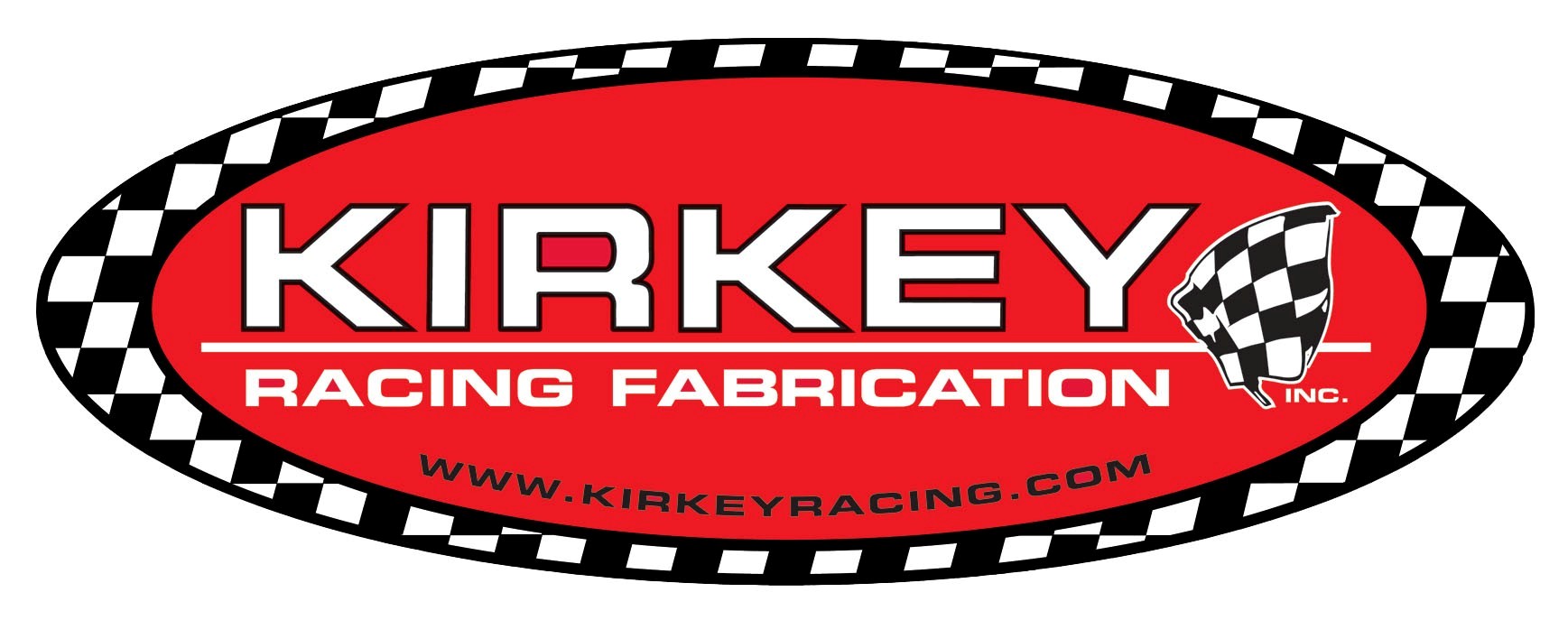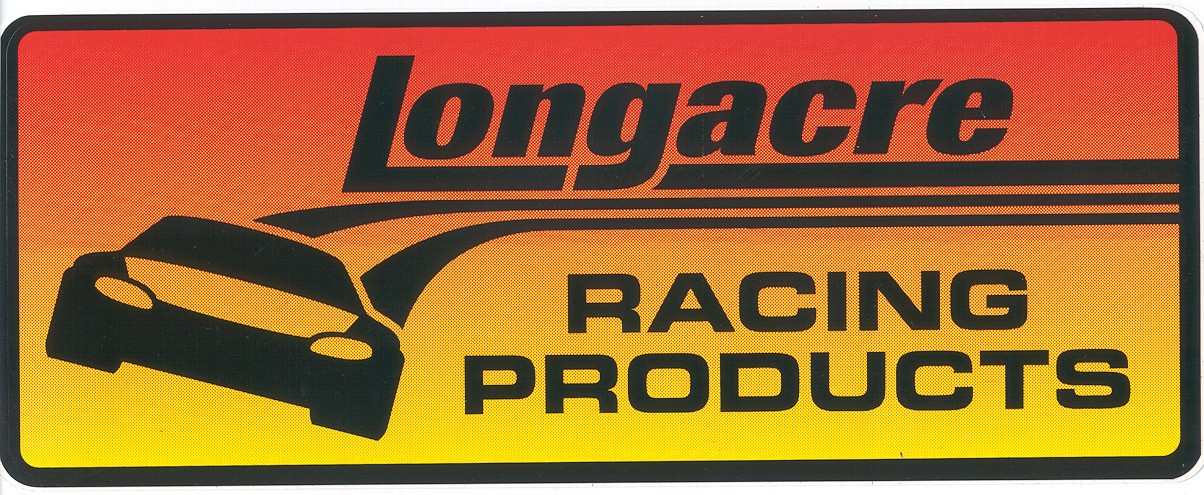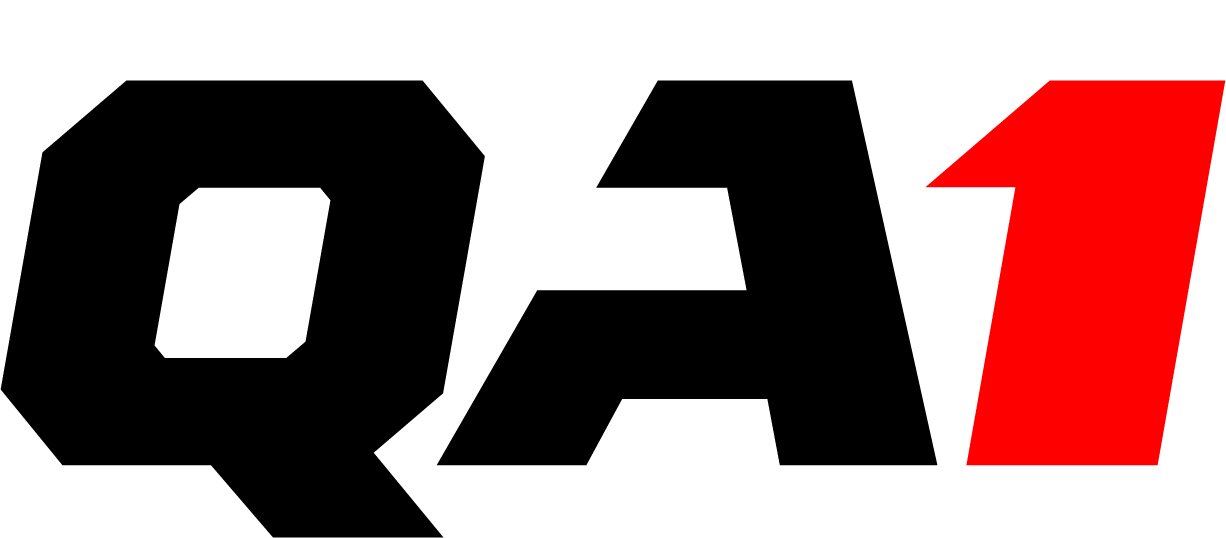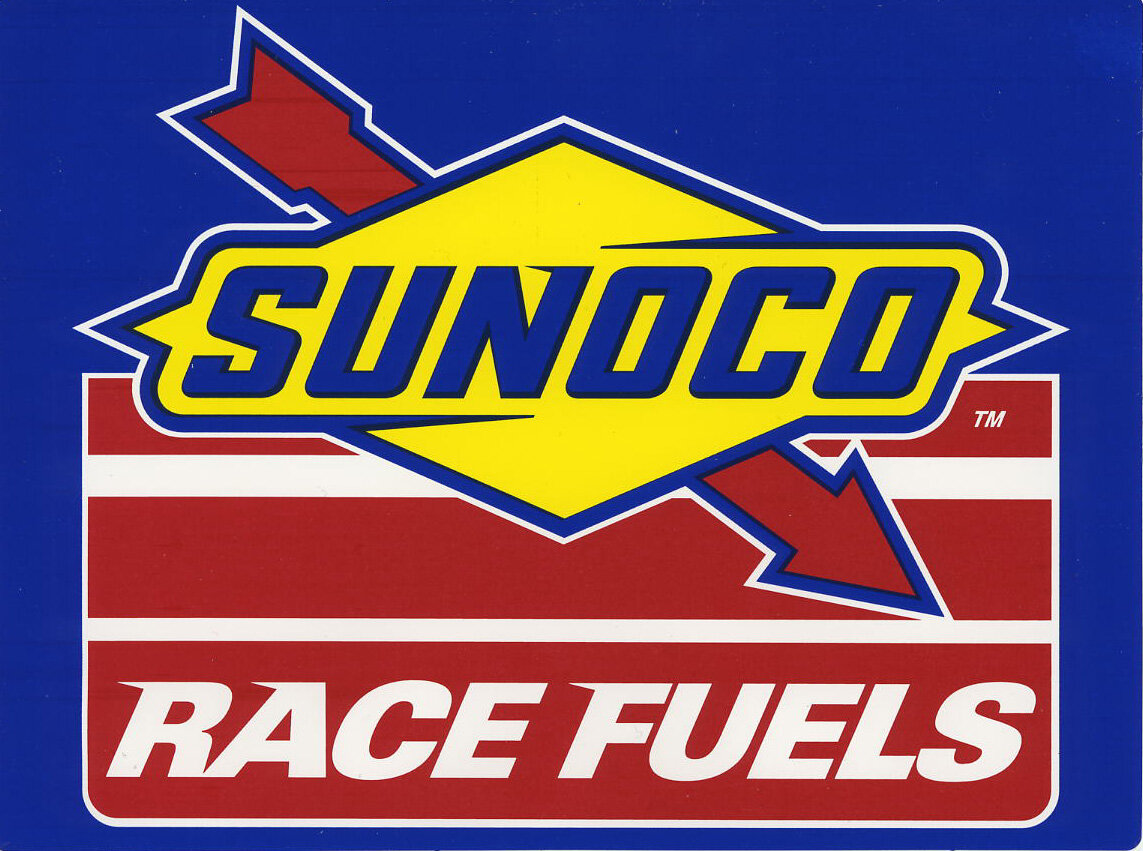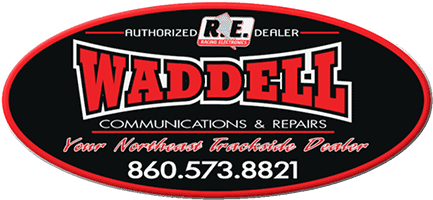This Track in ACT History: Catamount Stadium
/Location: Milton, VT
Track: 1/3-mile semi-banked oval
Opened: 1965
Closed: 1987
# of ACT Races Held: 51 (ACT Pro Stock Tour/NASCAR North)
Most Wins: Robbie Crouch, 12
A Brief History of Catamount Stadium
The idea of Catamount Stadium was first planted in 1964. Thunder Road Speedbowl, the track in Barre owned by radio station owner Ken Squier and paving contractor Reginald “Spade” Cooley, had opened in 1960 and was well-established by this point. At the same time, NASCAR was growing beyond its Southern roots and becoming a household name thanks to its national Late Model Sportsman and Modified series. Squier, Cooley, and others realized that a track located in the right place could be even more successful by bridging the gap between Thunder Road and Plattsburgh, NY’s Airborne Speedway.
Thus a new race track was born. The track was constructed on land off U.S. Route 7 in Milton that was leased from the Greater Burlington Industrial Corporation. (It previously had been owned by a local farmer.) The partnership that built the track also included Reginald’s brother Ray, Burlington businessman/racer Jack DuBrul, car owner John Fitzgerald, and Milton-based contractor John Campbell. Catamount Stadium opened its doors in 1965, and at the time, was one of the most modern racing facilities in North America. It was the second track conceived in part by Squier following Thunder Road, and he used the lessons from that and other tracks as the basis for state-of-the-art food service buildings, announcer stands, lighting, grandstands, and more.
Right from the start, the track was an enormous success. In its first year alone, Catamount hosted three NEMA midget events, and the following year, it became a sanctioned track on the NASCAR Late Model Sportsman National Championship circuit. While the Coupes and Modifieds that raced weekly the first three years went by the wayside in the 1968 season, the Limited Sportsmen and Late Model Sportsmen – along with their variations – continued to thrive through the 1970s. As part of a the 5-track Northern NASCAR Circut that included Thunder Road, Airborne, Devil’s Bowl, and Sanair, the top racers in the region made Catamount a regular stop. And many famous Southern competitors such as Bobby Allison, Bill Dennis, Tiny Lund, and Butch Lindley also trekked to Catamount in search of national points.
As the NASCAR North Tour developed, the track’s owners and officials decided that racing weekly was no longer in the track’s best interests. While they had continued to try and make weekly events work into the early 1980s, they were a struggle financially, especially compared to the special events. Thus the decision was eventually made to turn Catamount Stadium into a “special events” track. The track remained successful through the mid-1980s in this format, running roughly half-a-dozen special events a year – which included NASCAR Modified events in 1979 and 1985. The Flying Tigers (and eventually Street Stocks), which also raced weekly at Thunder Road, joined the touring series on the card. These drivers would earn points towards both the Catamount and Vermont State championships.
But all this time, Catamount Stadium was living on borrowed time. The track was still owned by the Greater Burlington Industrial Corporation, and residential/commercial development in the immediately area, which was almost non-existent in 1965, was steadily growing. The most recent lease was set to expire at the end of the 1987 season – and when track management approached the property owners about an extension, they were turned down cold. Just like that, the 1987 season became the last one for Catamount. The final event was a 300-lap Enduro – perhaps an unfitting end for the speedway, but one that had been planned well before everyone knew it would be the end. The Greater Burlington Industrial Corporation had torn the track surface up within a week of the event, and the Catamount Industrial Park now occupies much of the property – though pieces of the track can still be seen, especially in aerial shots.
Random Track Fact: Catamount Stadium is where ACT founder Tom Curley got his start as a promoter. He became the Catamount promoter in 1978. The financial results from that season – successful special events, big losses on regular weekly events – were what led him to create NASCAR North the following year.
ACT at Catamount Stadium
Seeing as Tom Curley was running Catamount when he created NASCAR North (and later ACT), it’s no surprise that the track and series were joined at the hip from Day 1. Not only was the first NASCAR North event held at Catamount on April 22, 1979, but 11 of the 27 Tour events that year were at the track, ranging from 35 laps to 300!
Following that season, 5-6 events a year became the standard. They included such standards as the Spring Green, the Vermont Governor’s Cup, and the New England/Fall Foliage 300. Catamount also hosted the Vermont Milk Bowl in 1980 during the years of legal battles at its sister track Thunder Road. (They also hosted it in 1978 before NASCAR North was born.) When ACT was created, Catamount also host the series’ first event on April 13, 1986. Six events were on the schedule that year, and four more where held in the track’s final 1987 season. All told, 51 total ACT/NASCAR North events where held at the speedway – making it one of only a handful of tracks to crack the half-century mark.
But almost from Day 1, the man to beat in ACT events at Catamount was Robbie Crouch. He earned his first touring victory at the track on July 7, 1979, and would go on to win 11 more times – nearly a quarter of the events. Jean-Paul Cabana, Bobby Dragon, and Hector Leclair tied for a distant second with five wins each. It was Cabana who took the final ACT checkered flag at Catamount in the New England 300 on September 27, 1987. Bobby’s brother Beaver won the first NASCAR North event at the track, and may be just as famous for his wild qualifying flip in the 1987 event. Meanwhile, Stub Fadden can lay claim to winning the first ACT event at Catamount – and by extension, the first ACT event ever.
Random ACT Fact: The August 11, 1985 event at Catamount Stadium is what led to the creation of ACT. Robbie Crouch was scored as the event’s winner, but Randy Lajoie’s team protested the outcome, and NASCAR upheld the protest, awarding him the win – which also gave him enough points to win the championship. Thanks in part to the incident and a subsequent lawsuit filed by the Crouch team, NASCAR dropped its sanction of the Tour after the season. A full write-up of the incident can be found at https://www.racing-reference.info/showblog?id=293.
ACT’s Future at Catamount Stadium
At the end of each driver’s meeting, Tom Curley would tell his drivers to “have a good ride”. Catamount Stadium had a good ride, as did ACT at the track. But while ACT continues to thrive in 2018, Catamount is but a memory. Luckily for us, the drivers and fans who were there have done a fine job keeping those memories alive. Bill Labadouche’s website http://www.catamountstadium.com/ is a treasure trove of information about events, racers, and notable facts regarding the famous speedway. Regular reunions and talks are also held for reminiscing and educating the younger generations about the track that was.
(Note: Much of the historical information in this article was found at http://www.catamountstadium.com. We thank them for their efforts in recording the history of Catamount Stadium.)



























